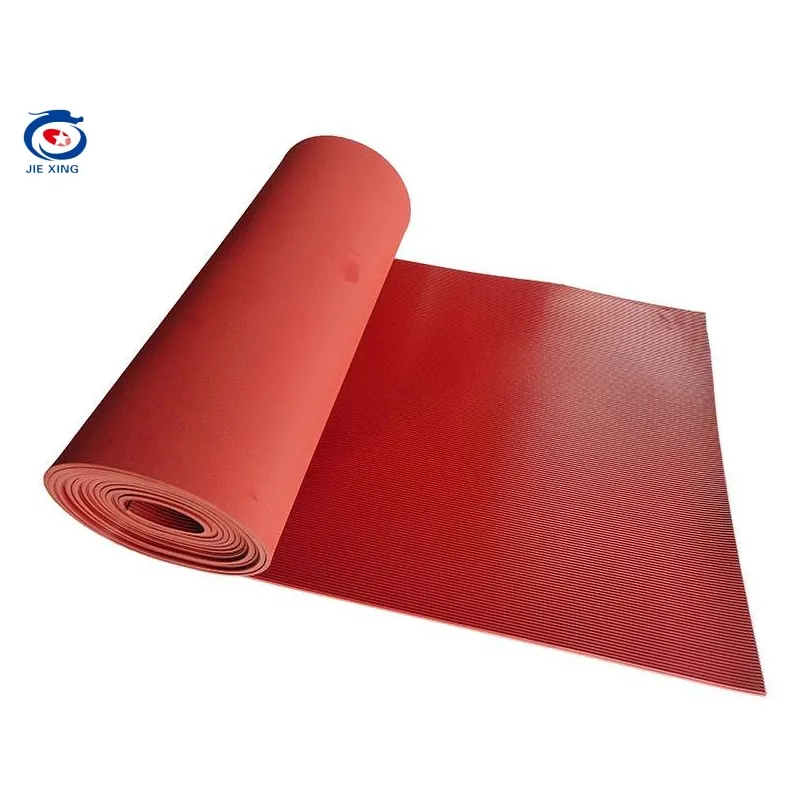seal for oven door
The Importance of Oven Door Seals An Essential Component for Efficiency and Safety
When it comes to cooking, the efficiency of an oven hinges significantly on a seemingly inconspicuous component the oven door seal. Often overlooked, the seal for the oven door plays a pivotal role in maintaining optimal cooking conditions, enhancing energy efficiency, and ensuring safety in the kitchen. This article delves into the importance of oven door seals, how they function, and tips for maintaining them.
Understanding Oven Door Seals
Oven door seals, commonly made of silicone, rubber, or fiberglass, are designed to create an airtight barrier between the oven cavity and the external environment. They are typically installed around the perimeter of the oven door and work by preventing steam and heat from escaping during the cooking process. This not only ensures that the food cooks evenly but also helps maintain the set temperature inside the oven.
Energy Efficiency
One of the primary benefits of a well-functioning oven door seal is enhanced energy efficiency. When the seal is intact, the oven retains heat effectively, reducing the amount of energy needed to maintain the desired cooking temperature. Conversely, if the seal is damaged or worn out, heat can escape, forcing the oven to work harder and consume more energy. This not only affects cooking times but can also lead to increased energy bills, making regular maintenance crucial.
Cooking Quality
The integrity of the oven door seal directly influences the quality of the food being prepared. A compromised seal allows heat and moisture to escape, leading to uneven cooking and potential undercooking or overcooking. This is especially critical for baked goods like bread and pastries, which require precise temperature control for optimal texture and taste. Ensuring the seal is in good condition is essential for achieving consistent cooking results.
Safety Considerations
seal for oven door

An often underestimated aspect of the oven door seal is its role in safety. A faulty seal can lead to potential hazards such as burns from steam escaping or the risk of fire if grease or food particles become trapped in the gap. Additionally, a poorly sealed oven may not maintain temperatures, which could lead to dangerous food safety issues like undercooked poultry or other meats. Ensuring that the oven door seal is well-maintained can significantly minimize these risks.
Maintenance Tips
1. Regular Inspections Check the oven door seal regularly for signs of wear, such as cracks, tears, or brittleness. If you notice any damage, it’s important to replace the seal promptly to maintain efficiency and safety.
2. Cleaning Keep the oven door seal clean by wiping it down with a damp cloth and mild detergent. Avoid using harsh chemicals that could damage the material. Also, ensure that no food debris gets trapped between the seal and the oven.
3. Test the Seal A simple way to test the effectiveness of the seal is to use a dollar bill test. Close the door on a dollar bill halfway and try pulling it out. If it slides out easily, the seal may need to be replaced. A good seal should create enough friction to hold the bill in place.
4. Replacement When replacing an oven door seal, always refer to the manufacturer’s guidelines to ensure you select the correct type and size. Installing a new, high-quality seal can make a significant difference in oven performance.
Conclusion
In summary, the oven door seal is an essential but often neglected component of kitchen appliances. Its role in enhancing energy efficiency, ensuring cooking quality, and maintaining safety cannot be overstated. By paying attention to the condition of the oven door seal and performing routine maintenance, homeowners can enjoy not only better cooking outcomes but also energy savings and peace of mind in the kitchen. As the saying goes, sometimes it’s the little things that make the biggest difference, and in this case, that certainly holds true for your oven door seal.
-
Under Door Draught Stopper: Essential ProtectionNewsJul.31,2025
-
Garage Door Seal and Weatherstrips for ProtectionNewsJul.31,2025
-
Edge Banding Tape for Perfect EdgesNewsJul.31,2025
-
Table Corner Guards and Wall Corner ProtectorsNewsJul.31,2025
-
Stair Nose Edging Trim and Tile Stair SolutionsNewsJul.31,2025
-
Truck Bed Rubber Mats for Pickup BedsNewsJul.31,2025
-
Window Weather Stripping for Noise ReductionNewsJul.29,2025